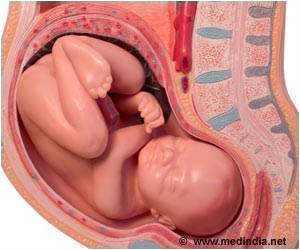Ways to prevent obstetric hemorrhage have been highlighted in the study.

‘Maternal safety toolkits help reduce the leading causes of maternal morbidity and mortality including complications from obstetric hemorrhage, severe hypertension and early elective delivery.’





The California Maternal Quality Care Collaborative is comprised of
multi stakeholder professional organizations (obstetricians, nurses,
midwives and family practitioners), hospitals, public health department
and public representatives working together to end preventable mortality
and morbidity in maternity care. The CMQCC drives improvement in
maternal and infant outcomes through rapid-cycle data analytics and
collaborative action. The organization has developed a series of maternal safety toolkits aimed at responding to the leading causes of maternal morbidity and mortality including reducing complications from obstetric hemorrhage, severe hypertension and early elective delivery.
The California Partnership for Maternal Safety project focused on scaling up safety initiatives to engage 126 California hospitals (with over 250,000 annual births) to improve outcomes from obstetric hemorrhage. While small studies have demonstrated the value of safety toolkits and quality improvement projects to reduce complications, this is the first project to scale to a population level showing the generalizability of this approach.
In this project, researchers focused on 99 hospitals that participated in the California Maternal Data Center, using rapid-cycle data that enabled access to immediate results. These hospitals had a reduction of severe hemorrhage by 21% after the first year of participation. 25 hospitals that participated in an earlier quality collaborative and were in their second year did even better with a 28% reduction, illustrating that quality improvement is a continuous process.
Elliott Main, who is the medical director of the CMQCC and the presenter of the study at the SMFM annual meeting, explained, "The keys for success were (1) multi-partner engagement, (2) rapid cycle data and (3) use of a novel quality improvement model involving pairing physician and nurse mentors working with five to eight hospitals at a time, all within the construct of a large statewide project."
Advertisement
State perinatal quality collaboratives are now being established in most states with the support of state departments of health, the Centers for Disease Control and Prevention, and the Maternal Child Health Bureau. California had a head start with the Perinatal/Neonatal Collaborative established in 1996 and the related Maternal Collaborative in 2006.
Advertisement
Source-Eurekalert










